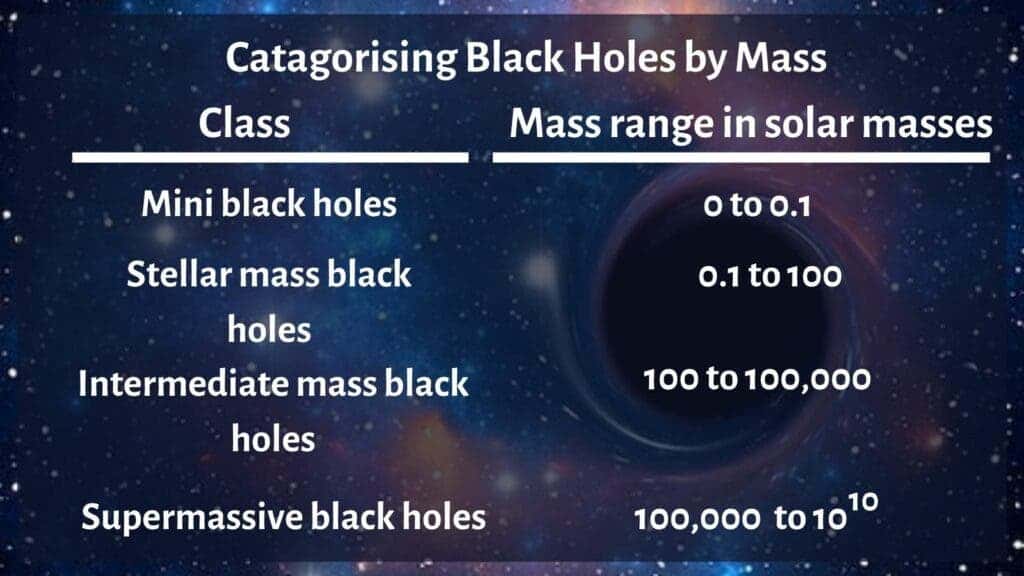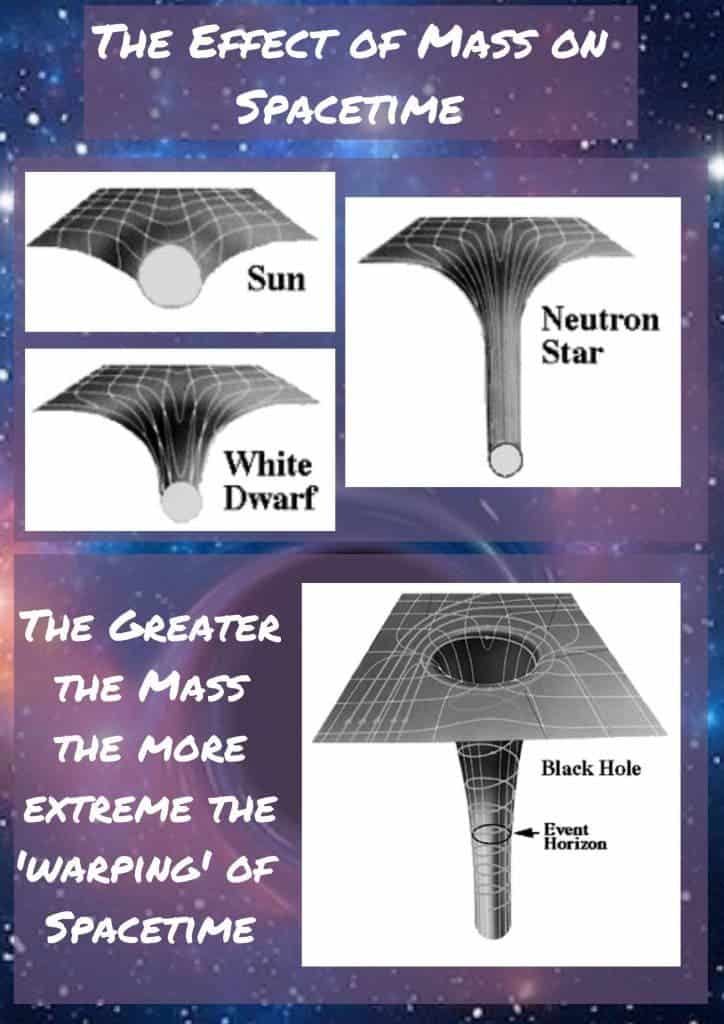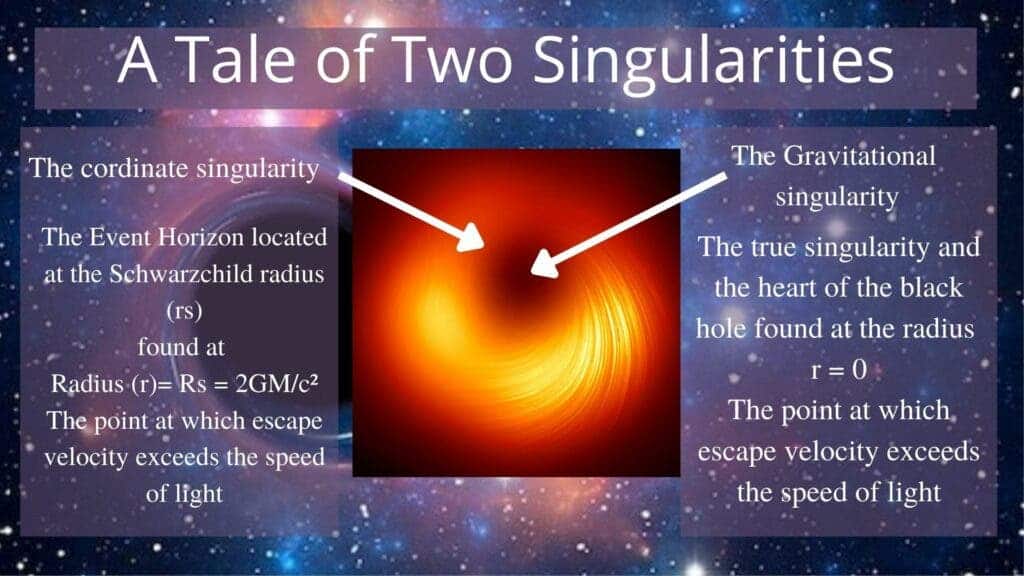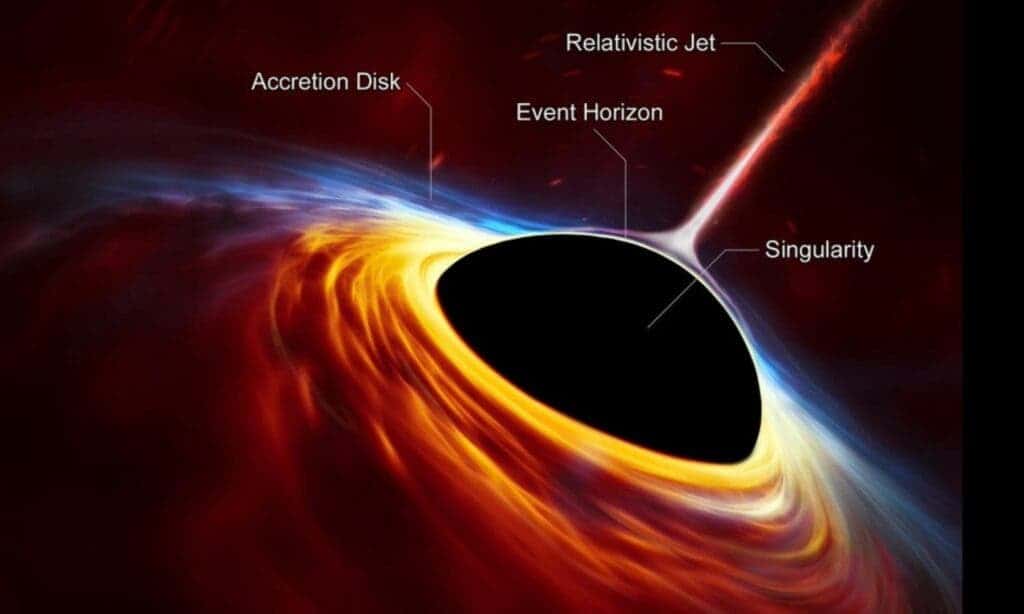The recent image of Sagittarius A*–the supermassive black hole at the heart of the Milky Way–by the Event Horizon Telescope (EHT) has brought these tremendously massive spacetime events to the forefront of the public consciousness again.
Yet, images like this and that taken of the supermassive black hole at the heart of Messier 87 (M87), can only go so deep. The interiors of black holes remain the purview of theory and mathematics.
But fortunately, the effect black holes have on their environment can provide a wealth of observations for telescopes–often so violent they outshine every star in the galaxy that hosts them.
How are Black Holes Born?
The presence of a stellar-mass black hole indicates a star that has reached the end of its main-sequence, hydrogen burning, life, and lost its battle against gravitational collapse. The lives of stars are marked by a constant balancing act between the inward force of their own gravity and the outward forces generated by nuclear fusion.
As this collapse proceeds, stars that have enough mass–above what is called the Chandrasekhar limit– can trigger further fusion reactions creating heavier elements and halting the collapse.
This process repeats for these stars–which are at least 1.4 times the mass of the sun– until only the quantum properties of a dense fluid of neutrons protect the dead star against further collapse. This results in a stellar remnant called a neutron star.
But, some stars are massive enough–or can grab enough material from a companion star– to exceed even this limit. That leads to the complete gravitational collapse of the star and the creation of what is termed a stellar-mass black hole.
This process can’t explain the presence at the heart of most large galaxies of supermassive black holes, however. This is because no star exists that is large enough to collapse and form a supermassive black hole–some of which have been discovered with masses as great as 66 BILLION times that of the sun.

Astrophysicists and cosmologists believe supermassive black holes form through a series of hierarchical mergers. This involves either the accretion of a great deal of mass by the black hole or through subsequentially larger and larger black holes colliding and merging–probably when the galaxies that house them merge or when binary black holes spiral into each other–or even a combination of both.
Fortunately, the properties of black holes are actually believed to be fairly simple. As part of what is called the no-hair theorem, they can only possess three characteristics; mass–as described above–angular momentum, or electric charge.
This means that describing the actual interior of any black hole is fairly straightforward, if mathematically grueling.
A Tale of Two Singularities: The Structure of a Black Hole Interiors
To understand what is going on in black holes it’s necessary to touch on the crowning achievement of the physicist Albert Einstein, the geometric theory of gravity, better known as general relativity.
This theory predicts that mass has an effect on the fabric of spacetime itself, warping it. The greater the mass the more extreme the “dent” in spacetime caused. And as you’ve seen above–some black holes have shockingly tremendous amounts of mass.
The most common analogy used to picture this is the placement of balls of increasing mass on a stretched rubber sheet, with a bowling ball creating a more considerable dent than a tennis ball or a marble.

What general relativity also says is that in a region of extreme density two singularities arise–points at which mathematical calculations fall to zero or move to infinity, always bad news for physicists.
One of these singularities is a coordinate singularity, meaning physicists can eliminate it with a clever choice of coordinate schemes. The other–the true singularity–can’t be handled in this way, meaning it currently represents a point in the Universe at which all physical laws break down.
Unsurprisingly, these two singularities are of vital importance to the structure of black holes.

The coordinate singularity represents what is known as the event horizon of a black hole. This is the surface that bounds these massive spacetime events and is as deep as we can possibly see into them.
This is because the event horizon is the point at which the gravitational influence of the black hole is so great that not even light moves fast enough to escape. This means any photons behind this surface are trapped and can never be seen by observers on the other side of the event horizon.
Photons, or any form of matter in fact, that finds itself on the wrong side of the event horizon will experience a one-way trip to the center of the black hole, that true singularity. What happens to matter or energy that finds itself there at the singularity is currently anyone’s guess and we may never truly know.
Immediately outside a rotating, or Kerr black hole, is an area of spacetime that is actually dragged along with the black hole in its direction of motion. Called frame-dragging–or Lense-Thirring precession–this results in a region called the ergosphere.
Matter than finds itself in the ergosphere would find it impossible to remain still, instead also being dragged along with the black hole. Particles here may not remain around the black hole, however, as this dragging can cause matter to be ejected at high speeds.
Fortunately, however dark the interiors of black holes remain, their exteriors can be very visible. In fact, black holes can create environments so violent that they can create engines that power entire galaxies.
The Structure of Black Hole Exteriors
While the interiors of black holes may seem almost disturbingly simple, where these spacetime events get really exciting is in their immediate environments. Especially true where a central black hole is “feeding.”
More accurately called accretion this happens when black holes are surrounded by a disc of gas and dust–understandably called an accretion disc. The material in an accretion disc is flattened out and prevented from falling straight into the black hole by its angular momentum. This results in it gradually falling to the surface of the black hole, a process that powers a wealth of energetic phenomena.

The particles in an accretion disc are sped up to tremendous speeds by the tremendous gravity of the black hole, often approaching that of light. These turbulent conditions result in them being heated to super-hot temperatures estimated to be as high as up to 10 million degrees and emitting powerful X-rays and gamma rays.
These emissions were spotted by astronomers long before the EHT was able to capture the first direct image of a black hole–the supermassive black hole at the heart of M87. But, accretion discs give rise to even more powerful and energetic emissions.
Not all material in an accretion disc is destined to reach the black hole. The twisting magnetic field of a Kerr black hole can cause gas and dust to be pushed to its poles.
This results in some black holes launching jets of matter along their axis of rotation at speeds approaching that of light. These jets can stretch for thousands of light-years. The supermassive black hole at the heart of M87, for example, blasts out jets that extend outwards by around 6,000 light-years well above and below the galactic disc.
Astronomers aren’t currently sure what is powering these jets and enables them to be sustained for such tremendous distances, but what isn’t in doubt is just how much energy the process must require.
These jets also collide with interstellar material and other particles to cause X-rays and other electromagnetic emissions which can be detected by telescopes here on Earth or in space.
This makes feeding black holes at the heart of these areas–called active galactic nuclei (AGNs)–far more visible than their quieter, non-feeding brethren. AGNs can be so bright in some wavelengths that their emissions can outshine billions of stars in their host galaxy.



